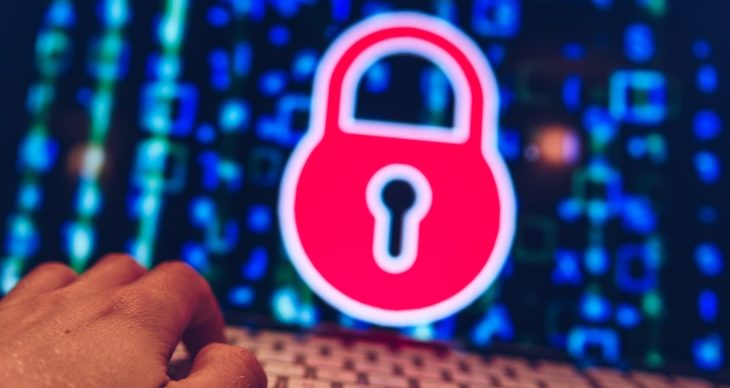For over a decade now, people have been aware that if they download the wrong thing or open an attachment in an email they could be susceptible to a virus infecting their computer and possibly even rendering it inoperable.
In some ways, ransomware is nothing new and some may even be familiar with it due to its popularity as a thematic element in many movies and TV shows. What they may also believe, however, is that only large businesses or government entities are susceptible to it, due to the higher amounts they are capable of paying in “ransom.”
In truth, however, even the smallest of businesses and or individuals are actually highly susceptible to this particularly malicious type of malware. Regardless of whether you are simply using your own personal computer or even run a small business, everyone these days is potentially at risk for being a victim of ransomware.
What Is Ransomware?
Ransomware is a type of malware or virus that is delivered to your computer by a wide range of means. In most cases, a malicious email will be disguised as one from a company you regularly do business with or a person you regularly communicate with.
When emails appear to be from a trusted source, many people simply click on links or attachments without double checking to verify that the source is actually legitimate.
Different Types of Ransomware
Once ransomware has been delivered, the ultimate goal is to extort money from you in some way. This can occur in multiple ways since there are different types of ransom-based malware.
These are the most common ransomware types you should know about…
Scareware
Scareware is an attempt to convince you that criminals have more power or control over your computer than they actually do.
You may receive a popup notifying you that your computer has been infected with a virus and you must pay a fee to have it removed.
In the case of legitimate scareware, they do not actually have access to any of your files, but they can continue to bombard you with annoying popups.
Screen Lockers
Screen lockers will often be disguised as notices from law enforcement or other agencies such as the IRS or FBI.
With screen locker malware, your entire screen will be filled with a law enforcement symbol or Department of Justice shield saying that illegal activity has been detected on your computer and in order to regain access you will need to pay a fine.
Needless to say, locking your screen like this is illegal and legitimate law enforcement will always go through proper channels. If your computer becomes locked to a screen like this, you are the victim of ransom-based malware.
Encrypting Malware
Encrypting malware is the nastiest ransomware type of all. Unlike screen lockers or scareware, encrypting malware has actually gained access to your hard drive and can encrypt all of your files.
The only way to have your files unencrypted is to pay a fee or ransom. When cybercriminals target large corporations and government entities, this is the type of malware they use and it can essentially cripple an entire organization.
Ostensibly, when you pay the ransom, you will receive a digital key that will unlock and unencrypt your files.
What Kind of Devices Are Targeted?
PCs are the primary targets of most of this type of malware because of the platform that most PC operating systems use.
While Macs are not invulnerable to viruses and other types of malware, they are not only harder to write, but they are harder to spread. In addition, Macs only account for possibly 4% of all computers in use, which means that it is simply not as economically feasible to go to the trouble to write malware programs for Macs when PC’s are so much more prevalent.
Mobile devices were also once considered impervious to malware, but in 2014, CryptoLocker proved that they too were no longer immune. In reality, however, PCs remain the most vulnerable to malware.
Should I Pay the Ransom?
Most experts, including Microsoft and the FBI, all agree that neither businesses nor individuals should ever pay malware ransoms. The truth is that even if you pay the ransom, there is still no guarantee that you will regain control of your computer or recover your files.
This type of malware is becoming more readily available which means it is being used by more and more amateur cybercriminals. Success only encourages expansion.
In the case of scareware, your security software should take care of it eventually, since that is exactly what you have it for. There are also ways around screen locking software, so those are also nothing to be too alarmed about.
The most malicious type, however, is encrypting malware and if you become infected with that, you may have simply lost the majority of your files. Each type of malware uses a different type of decryption key, so if use the wrong key you could end up only further encrypting your files.
In some cases, your files may simply be a goner (which is one more reason to always have a backup) but there are ways to remove the malware from your computer so you can start fresh.
